
Asahi Beer Oyamazaki Villa Museum of Art Uji
A stunning villa blending Japanese and European architecture, showcasing Monet paintings and folk art amidst serene gardens.
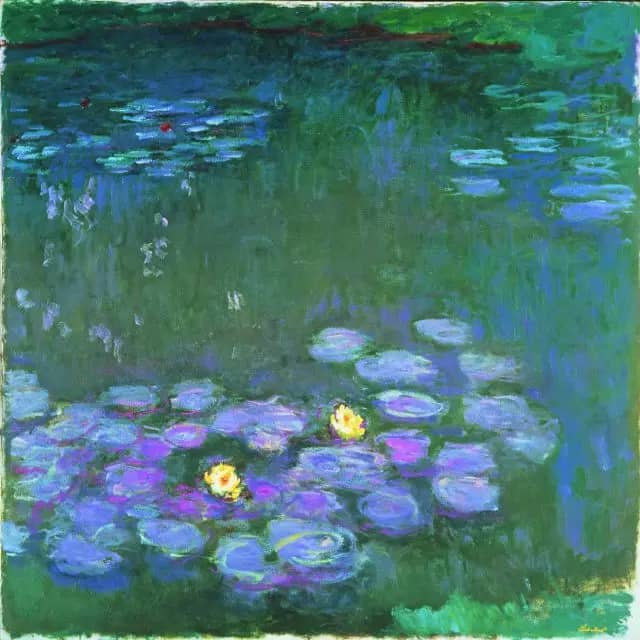
Highlights
Must-see attractions

Social
From TikTok & Reddit
Best Time
Lush greenery and pleasant weather.

Asahi Beer Oyamazaki Villa Museum of Art Uji
Best Time
Lush greenery and pleasant weather.

Highlights
Must-see attractions
A stunning villa blending Japanese and European architecture, showcasing Monet paintings and folk art amidst serene gardens.
"Admire Monet's art and beautiful architecture, but remember no photos inside!"
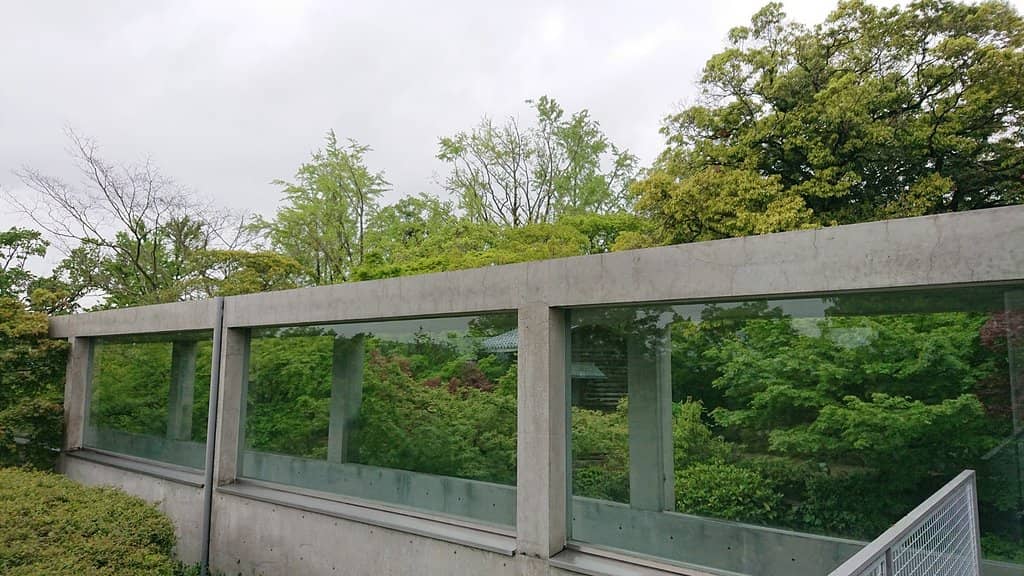
🎒 Stow Your Pack
Backpacks must be stored in coin lockers before entering the museum buildings.
🚶♀️ Prepare for the Hill
The walk from the station is uphill; consider the courtesy bus if needed.
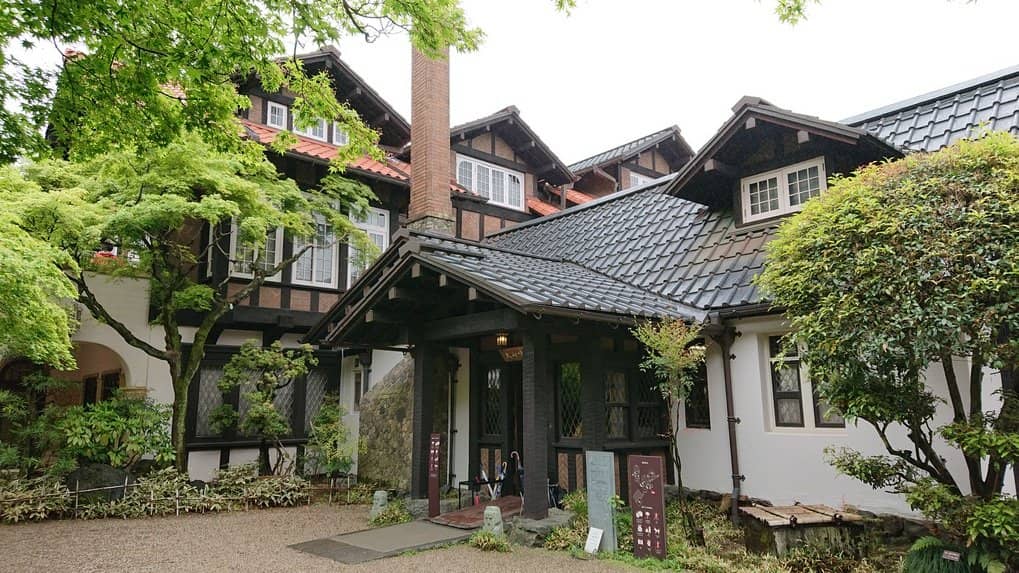
Highlights
Discover the most iconic attractions and experiences

Monet's Masterpieces
Main Building
Three stunning Monet paintings await, offering a splash of European art amidst the Japanese setting.

Architectural Gem
Entire Villa
Admire the blend of traditional Japanese villa and modern European architecture, beautifully renovated.
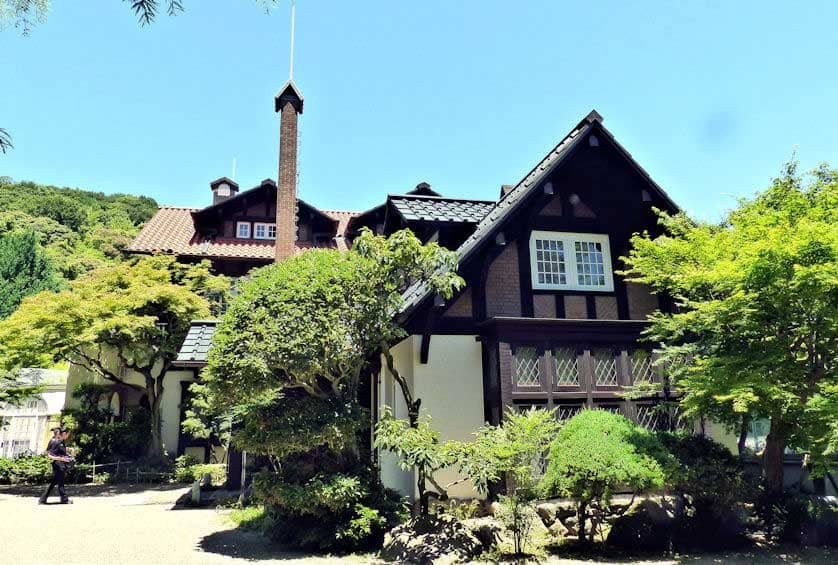
Tranquil Gardens
Exterior Grounds
Stroll through well-maintained gardens, offering beautiful views and a peaceful escape.

Japanese Folk Art Collection
Exhibition Halls
Explore a diverse collection of Japanese folk art, showcasing traditional craftsmanship.
Plans like a pro.
Thinks like you
Planning Your Visit
Getting There: A Scenic, Yet Steep, Approach
Photography Restrictions & Bag Storage
Best Times
Insider Tips
from TikTok, Instagram & Reddit
🎒 Stow Your Pack
Backpacks must be stored in coin lockers before entering the museum buildings.
🚶♀️ Prepare for the Hill
The walk from the station is uphill; consider the courtesy bus if needed.
📸 Exterior Shots Only
Photography is prohibited inside the museum; focus on the architecture and gardens.
☕ Enjoy the Cafe
The museum cafe offers a delightful experience with unique treats.
Tips
from all over the internet
🎒 Stow Your Pack
Backpacks must be stored in coin lockers before entering the museum buildings.
🚶♀️ Prepare for the Hill
The walk from the station is uphill; consider the courtesy bus if needed.
📸 Exterior Shots Only
Photography is prohibited inside the museum; focus on the architecture and gardens.
☕ Enjoy the Cafe
The museum cafe offers a delightful experience with unique treats.
🆔 Student Discount
Bring your student ID for a discounted admission fee.
What Travellers Say
Reviews Summary
Visitors praise the museum's beautiful architecture and serene gardens, with Monet's paintings being a significant highlight. However, the strict no-photography rule inside the buildings and the uphill walk from the station are common points of critique. The cafe is also noted as a pleasant spot.
"I went there mainly to see Ando’s architectural work and Monet’s paintings. The permanent and special exhibitions are quite incoherent and they don’t allow talking pictures even in the area without any artwork. It’s a bit hike up to the museum and there’s no shuttle around the lunch time."
World Explorer
"Probably I visited here one week earlier than the best maple reddish leaves. Shooting from outside of the museum is free of charge if no entrance to it, also no charge for courtesy bus from Oyamazaki St. of both Hankyu railway Kyoto line and JR. As for the photographers, 2 to 3 hours would be required in satisfactory. Slope from the gate to the entrance, tens of meter distance will prevent wheelchair users from access. Toilet available, no logistics for souvenir or food, but drinks available with automatic selling machine."
Bohya Kinema
"It's a nice museum but they lose a star for not allowing any photography inside any of the buildings. I wasn't interested in photographing the artwork. I went there to study the architecture and construction.
The main house is a beautiful old building and the people who renovated it did an amazing job. The café is one of the best museum cafés I've eaten at.
There's a free shuttle that takes visitors from the Hankyu and JR stations.
Backpacks are not allowed in the museum so you'll have to stow yours in a coin locker in the small building on the driveway that leads up to the museum."
L.E. Oleson
What People Like
What People Dislike
Frequently Asked Questions
🚇 🗺️ Getting There
The museum is accessible via the Hankyu Kyoto Line or JR Kyoto Line to Oyamazaki Station. From the station, it's about a 300m uphill walk. A free courtesy bus is also available from the station, though its schedule might be limited around lunchtime.
Information on parking is not readily available, but public transport is recommended.
Taxis can likely take you to the vicinity, but confirm with the driver about the final approach due to the uphill path.
The slope from the gate to the entrance may pose a challenge for wheelchair users.
Taking the JR Kyoto Line or Hankyu Kyoto Line to Oyamazaki Station is the most convenient public transport option from Kyoto.
🎫 🎫 Tickets & Entry
Opening hours can vary, and it's advisable to check the official website or recent social media posts for the most up-to-date information, especially regarding exhibition schedules and potential closures for renovations.
Admission fees are generally reasonable, with potential discounts for students. It's recommended to check for current pricing on their official website or through recent visitor information.
Advance booking is usually not required for general admission, but it's always a good idea to check the museum's policy, especially during peak seasons or for special exhibitions.
Yes, student discounts are available. Be sure to bring your student ID for verification.
You can explore the exterior and gardens without paying for museum entry, making it a nice option for a brief visit or a photo opportunity.
📸 📸 Photography & Onsite Experience
No, photography is strictly prohibited inside all museum buildings. This applies even to areas without displayed artwork, so focus on capturing the exterior and gardens.
Backpacks are not allowed inside the museum. You'll need to use coin lockers located in a small building on the driveway leading up to the museum.
Take your time to appreciate the blend of traditional Japanese and modern European design. The renovation of the main house is particularly noteworthy.
The museum hosts various special exhibitions, often featuring Japanese folk art or themed collections. Check their website or social media for current exhibits.
For a satisfactory visit, especially for photographers interested in the architecture and grounds, plan for 2 to 3 hours.
🍽️ ☕ Food & Dining
Yes, there is a cafe on the second floor that offers a pleasant dining experience, including unique desserts like a roll cake made with Ceylon tea.
While there are no extensive food facilities, drinks are available from an automatic vending machine.
Dining options are limited directly at the museum, so it's advisable to eat before or after your visit, or pack snacks if permitted.
The cafe offers a selection of items, including special desserts like a roll cake and coffee.
It's generally best to consume outside food and drinks before entering the museum or in designated areas, if any.
📸 📷 Photography
Focus on the exterior of the villa, the surrounding gardens, and the approach to the building. The architecture itself is a key photographic subject.
There are no specific mentions of drone photography restrictions, but it's always best to assume standard regulations apply and to check with the museum directly if you plan to use a drone.
A versatile camera like a Ricoh GR III is popular for capturing street and architectural details. A wide-angle lens can be useful for the gardens and exterior shots.
Absolutely not. Photography of any artwork inside the museum buildings is strictly forbidden.
Yes, the gardens are beautiful year-round, with potential for stunning autumn foliage and spring blossoms.
For Different Travelers
Tailored advice for your travel style
👨👩👧 Families with Kids
Consider visiting during off-peak hours to avoid crowds. The cafe offers a nice break, and the vending machine for drinks can be a small treat. Pack snacks and drinks if needed, as dining options are limited. The uphill walk from the station might also be a consideration for families with strollers or very young children.
📸 Photography Enthusiasts
Be aware of the strict no-photography policy inside the museum buildings. This means you'll need to focus your lens on the external beauty and the surrounding environment. The approach to the museum itself, with its scenic path, also provides great shots. Visiting during different seasons can offer varied backdrops, from lush greens to autumnal colors.
🏛️ Art & Architecture Buffs
The collection, featuring Monet's paintings and Japanese folk art, adds significant cultural value. While photography is restricted, the opportunity to study the architecture and appreciate the art in situ is unparalleled. The museum's commitment to preserving historical structures while presenting significant art collections makes it a distinguished cultural destination.
Deep Dives
In-depth insights and expert knowledge
Architectural Significance
Key to its architectural appeal is the work of Tadao Ando, whose design philosophy is subtly woven into the space. While photography inside is prohibited, the structure itself tells a story of preservation and adaptation. The exterior, the grounds, and the way the building interacts with its natural surroundings are all part of its architectural charm. Visitors often praise the quality of the renovation, noting how the new elements complement the old without overpowering it.
For those interested in architecture, the museum offers a unique opportunity to study how historical structures can be revitalized. The integration of art and architecture is a central theme, creating a harmonious environment that enhances the visitor experience. The careful consideration given to materials, light, and space makes it a noteworthy destination for architecture enthusiasts.
Art Collections and Exhibitions
Beyond the permanent collection, the museum frequently hosts special exhibitions. These often focus on themes related to Japanese folk crafts, the history of the villa, or curated selections from various artists. One recurring theme in visitor posts is the 'Yamamoto Genzaburo Collection', which highlights Japanese folk art and crafts, showcasing the rich cultural heritage of the region.
It's important to note that while the art is a primary attraction, photography is not permitted inside the exhibition halls. This policy encourages visitors to engage directly with the art and architecture without the distraction of cameras. The exhibitions, while sometimes described as 'incoherent' by some, often provide a deep dive into specific artistic movements or cultural themes.
The Gardens and Natural Setting
The natural setting is particularly striking, with lush greenery that changes with the seasons. While the museum itself is a highlight, the opportunity to walk through the gardens and enjoy the landscape adds another layer to the visit. Photographers often find the exterior views and garden paths to be excellent subjects, capturing the harmony between the architecture and nature.
Visitors have noted that the gardens are especially beautiful during spring and summer, but the potential for stunning autumn foliage also makes it a desirable destination during the fall. The overall atmosphere is one of tranquility, making it a perfect spot for a leisurely stroll and quiet contemplation.
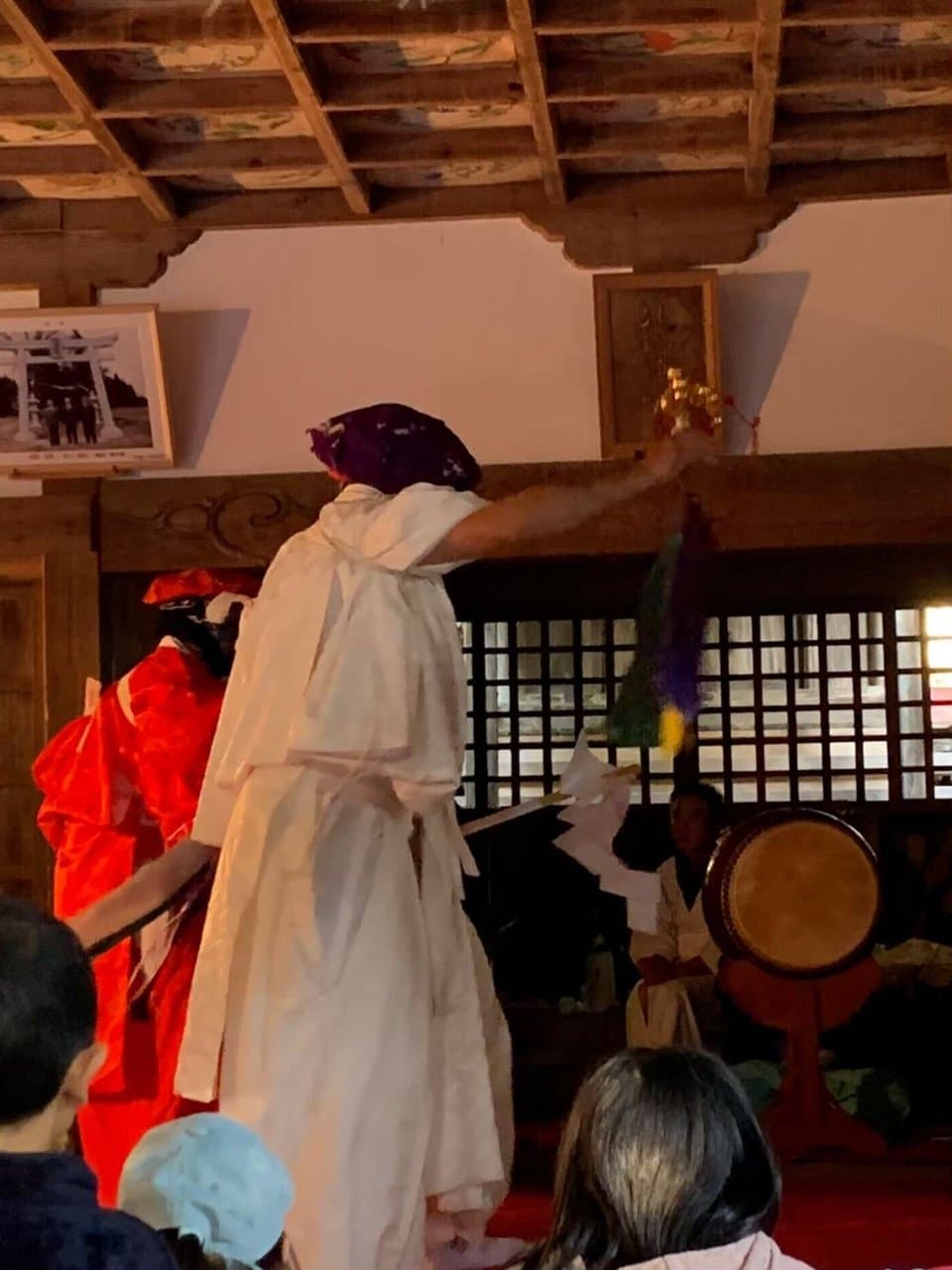

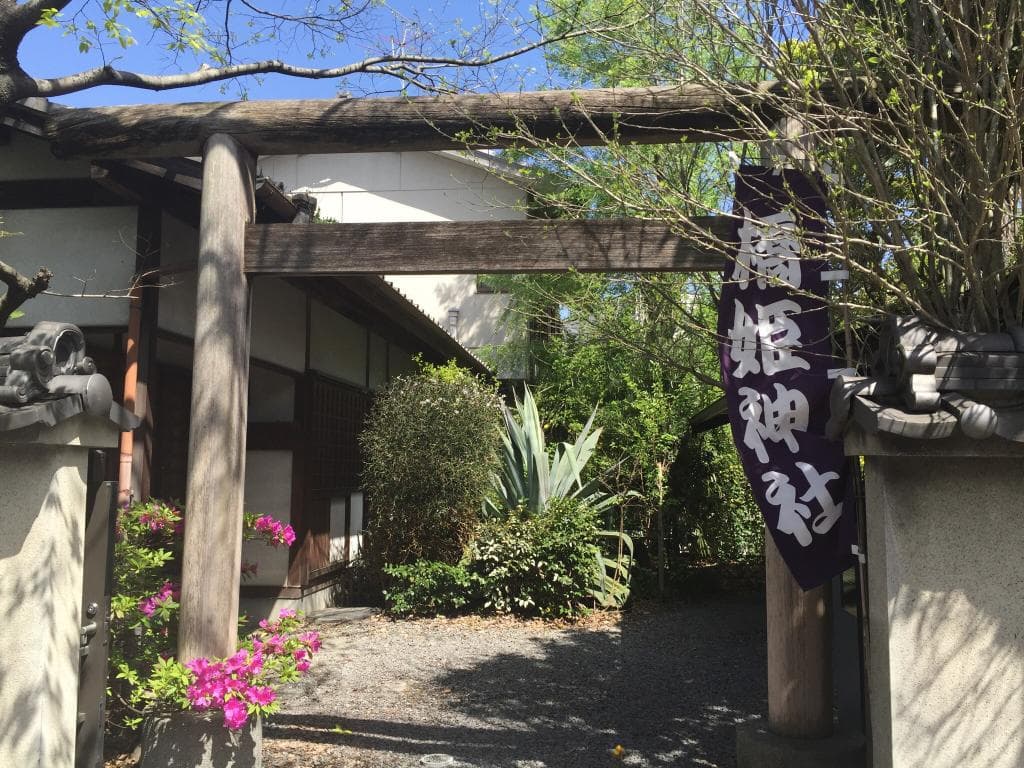
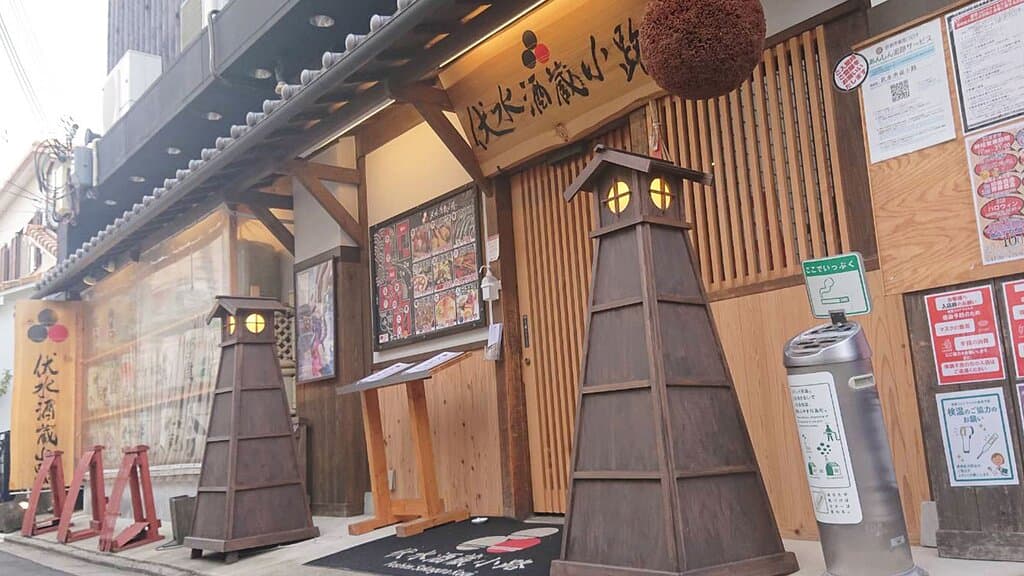
Social
from TikTok, Instagram & Reddit